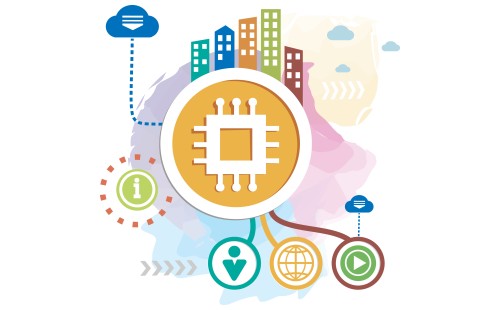生体認証と深層学習
第3次AIブームと深層学習
近年、人工知能がブームを迎えている。第3次AIブームの起爆剤となったのは、深層学習 (ディープラーニング) とよばれる技術である。 パターン認識技術として以前から研究されていたニューラルネットワークに対し、中間層を多層にした、DNN (Deep Neural Network)を用いることで、認識性能を大幅に改善させている。
昨年、本技術を用いで開発されたGoogle DeepMind社のコンピュータ囲碁ソフトウェア「Alpha GO」が、世界トッププレイヤーに対して4勝1敗の成績を上げ、世界を驚かせた。 深層学習は、翻訳・音声処理 (音声認識・合成)・画像処理など、現在では様々な分野で利用され、その多くは大幅な性能改善を達成している。
深層学習を用いた生体認証
深層学習を用いた生体認証技術で代表的なものに、FacebookのDeepFaceが挙げられる。 2014年に発表された論文では、4030人の顔写真440万枚を用いて学習を実施し、人間とほぼ同程度の認識率を達成している。 本手法では、事前処理で顔画像より、両目や鼻の先端などの特徴点を抽出し、事前に作成済の3Dモデルにあてはめることで、正面の顔画像を生成している。 その上で、DNNを用いて顔表現ベクトルを生成し、高い性能を実現している。

深層学習技術の生体認証への応用
従来の深層学習は多くの学習データを必要としており、顔認証を除いた生体認証への適用は難しい考えられてきた。 だが、GAN (敵対的生成ネットワーク) を用いた画像の生成や、pix2pixを用いた画像変換など、深層学習を応用した様々な技術も発達してきており、これらの技術を用いた生体認証の性能改善手法の発表が増えてきている。 また、深層学習を用いて認証速度を大幅に改善し、1:N認証に対応している製品も発表されている。 これらの技術は、多量の学習データを必要としないものもあり、データ収集が簡単ではない静脈認証技術への応用も期待できる。
おわりに
冒頭で紹介したコンピュータ囲碁ソフトウェアは、2015年以前はアマチュア有段者レベルの実力しか有していなかったが、その後わずか数年で人間を越える実力を持つまでに進化した。 深層学習は、これまで越えられなかった壁を簡単に越えてしまうポテンシャルを持っている。 生体認証においても、ある日突然性能が飛躍的に向上する可能性を秘めている。 今後しばらくは目が離せない状況である。
本記事の著者
| 株式会社モフィリア 技術推進部 |



